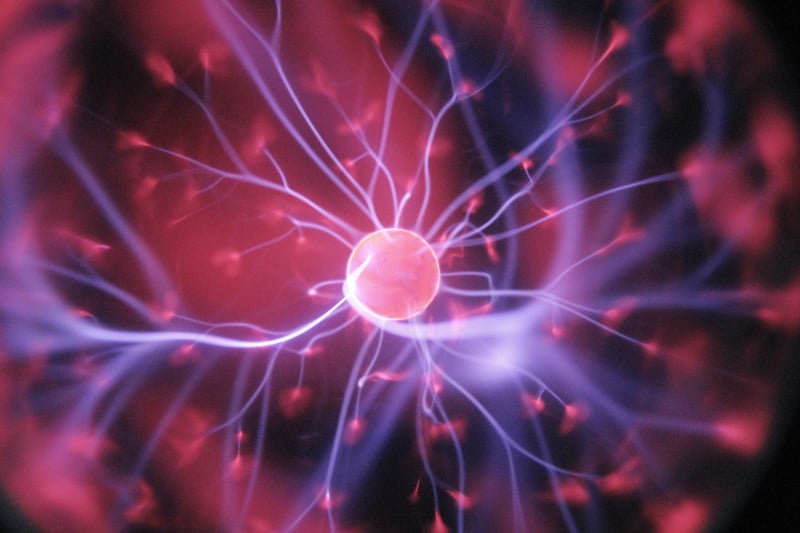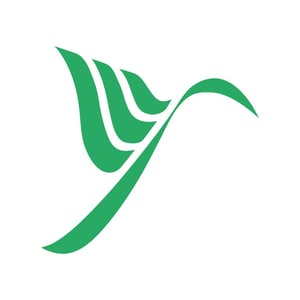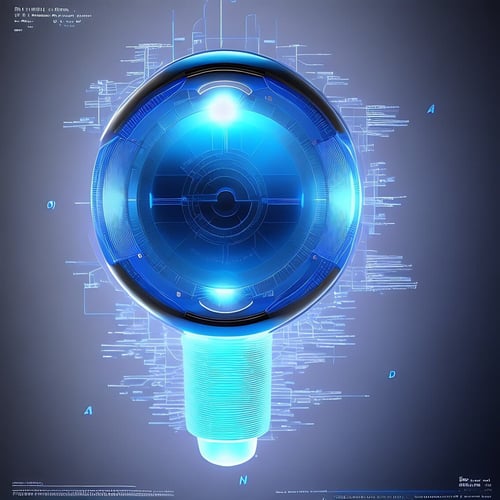Inventions relating to medical technology often combine different fields of technology making the protection thereof challenging. To better serve the needs of our clients, Berggren has established a special interest group concentrating on this matter, MedTech SIG, including cooperating experienced patent attorneys with different backgrounds. In this way such inventions can be understood and protected in the best possible way.
The development of inventions in the field of medical technology is often multidisciplinary and therefore may require cooperation of for example medical doctors and engineers. Correspondingly, protecting such inventions may benefit from similar cooperation of people having expertise in different fields of technology. Therefore, the Berggren MedTech SIG (Special Interest Group) unites experts from different technical fields, such as biotechnology, chemistry, medical technology, physics, material technology and information technology. With the cooperation of such experienced colleagues even the most challenging medical technology inventions may be considered thoroughly and successfully patented to obtain valuable IPR. The professionals involved are aware of the recent development not only at the field of technology but also at the field of patent law. For example, the latest case law of European Patent Office is actively followed and applied to the client cases. Further, also US patenting practice may be taken into consideration with cooperation with Berggren’s local office in the USA.
MedTech and patentability – not always so straightforward
In general, the devices and materials used in medical technology inventions are patentable. However, there are also certain exceptions. In many patent jurisdictions, such as in Europe, medical treatment and diagnostic methods practiced on human body are excluded from patentability, which – at first sight – may make patenting of certain inventions relating to medical technology challenging.
One example of today’s medical technology involves development of new sensors and inexpensive devices utilizing them leading to an increase in different methods and gadgets for measuring human body. The existing big companies, as well as many startup companies, are currently developing new technologies which enable individuals to monitor their own bodily functions and health with personal monitors. Examples of health monitoring devices include well-known wrist devices gathering information derived from optically measured pulse which does not necessarily provide any diagnoses. However, in some cases the devices output results which may be considered as a diagnosis, and there are also purely diagnostic devices. Human intervention by medical personnel is not necessarily needed but by using a specific consumer device anybody can carry out measurements on their own body.
Therefore there is a question whether or not such devices relate to non-patentable inventions. The methods excluded from patentability in Europe include not only invasive methods but also non-invasive methods wherein the body is otherwise examined using sensors, which utilize for example light, sound, or radiation, even without touching the body. Such methods are non-patentable if the method does not contain any other technical steps, for example if all the other method steps require human intervention.
MedTech and computer implemented inventions
Usually in case of the health monitors the patentability problem can be overcome if the devices itself carry out interpretation of the collected data by using automated algorithms, which provide such technical steps that can be patentable. This, on the other hand, leads to another patentability issue, namely computer implemented inventions, which are also excluded from patentability in many jurisdictions. There are different restrictions in Europe and in the USA. This, however, does not mean that the inventions involving algorithms could not be patented, but it requires knowledge and experience in the field of software patenting to draft the application such that the non-patentability issue is avoided.
Therefore, protecting MedTech inventions by patenting often requires different kinds of expertise, not only medical, but also knowledge about software, materials or mechanical solutions. With the combined expertise it is possible to avoid the pitfalls in the patenting process and a strong protection can be obtained worldwide which is valuable for the client’s business.
Blog writers are members on the MedTech SIG and they are happy to answer any question regarding the topics.
Katariina Nissinen, Patent Agent
Seppo Kilpeläinen, European Patent Attorney



